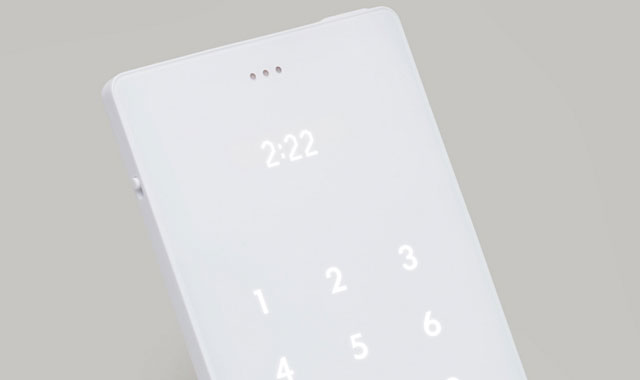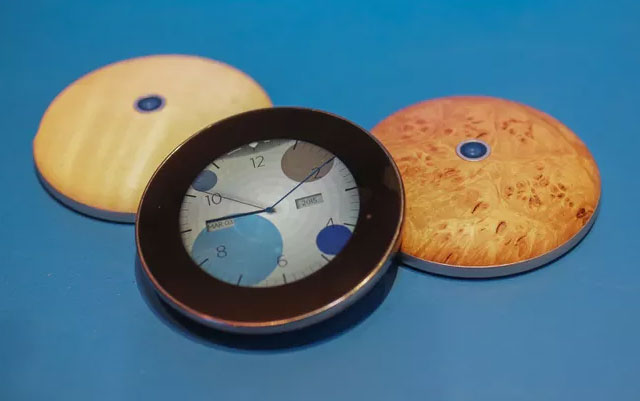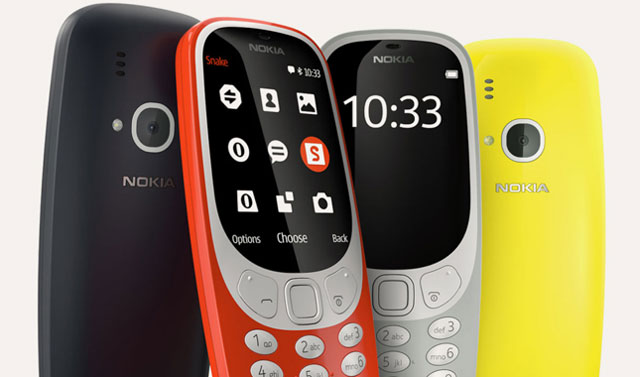
Research on the so-called productivity paradox — declining productivity despite the ongoing technological revolution — abounds in explanations ranging from statistical error to theories predicting that a productivity leap is just around the corner. One possibility is conspicuously missing: any positive effect digital innovation is having on productivity is offset by how counter-productively distracting and energy-draining its fruits have become.
Perhaps the paradox will disappear, and productivity will start rising again, once we learn to opt out of unnecessary tech in our lives without getting a sense that we’re missing out on something.
In 2016, the average American spent a total of five hours and 43 minutes a day interacting with media on digital connected devices, according to one estimate. That’s an hour and a half more than in 2012. Some of this is mere displacement of traditional media — print publications, radio and TV. But the total time spent on media consumption has increased by about 30 minutes a day since 2012. The tech industry’s arms race is pushing more and more digital content on us, and more and more devices to serve it up.
If you get notifications on your smartwatch, you’ll take out your phone more often. If your smart lightbulbs are run from an app, you’ll check Facebook and Twitter every time you’ve decided to hit the dimmer. The app economy keeps growing, pumping out slicker and slicker content. In 2016, consumers spent US$52bn on mobile app stores and saw $77bn worth of mobile ads, and App Annie expects those numbers to rise to $65bn and $101bn this year. Even though eMarketer predicts that our screen time will grow more slowly in the next few years, that’s largely because we’re running out of minutes in the day.
There is, of course, an easy way to get out of the rat race: replace the smartphone with a dumb one. It only costs $20 at the nearest store. That, however, is not an option for me and for many others. I don’t want to deny technological progress or riot against it. But I do want to reclaim control of my time — and my productivity, too — by finding the willpower to spend less time refreshing apps. If I were a millennial, I’d also want to make a visible statement to my peers that I’m not backward or reactionary, just mindful.
I described a possible option in a recent column — a switch from a smartphone to the revived Nokia 3310, which is not just a feature phone but a tech legend (and besides, it does have a Web browser — only it’s a little too hard to use when you really need it). This won’t work for everyone, though: the statement will be lost on my kids’ generation, and the only kind of messaging the Nokia 3310 does is traditional SMS, not always the best solution when you need to be connected for work.
Unsurprisingly, tech minds have wrangled with these issues and come up with more options. They are, however, generally unavailable to the consumer.
There’s the Light Phone, a beautiful credit card-sized device that was crowdfunded on Kickstarter in 2015. It was advertised as “your phone away from phone” that is “designed to be used as little as possible”. All it does is make calls — you can’t even send an SMS. It’s a device to help wean yourself off your smartphone: You’re reachable while not using it, so some of the anxiety of disconnectedness is taken care of. There’s also the design, which makes the device a conversation piece among tech-minded friends. But while the Light Phone’s makers promised to make it available by May 2016, they haven’t done so yet. Even now, the phone can only be pre-ordered, though production has started in China.

Then there’s the Runcible, a round device that looks like a makeup compact that was funded on Indiegogo last year. Its developers marketed it as the “anti-smartphone,, though it runs smartphone-type software (its operating system is an offshoot of Android), has a camera (a rather weak one), and allows Web browsing. A small round screen, however, is far from ideal for most apps, and Facebook and Twitter apps don’t exist for the BuniOS, so the Runcible provides only the essential smartphone functions in a surprising and strangely satisfying form factor. But, like the Light Phone — and like most independent hardware projects — it has been hit with production delays. It’s available for pre-order, long past the previously promised delivery deadlines.
The latest crowdfunded project aimed at giving phone owners their lives back is called Siempo. Its marketing slogan is “The Phone for Humans”.
“Many have tried to accomplish what Siempo does, but as thousands of phone users have told us, apps and willpower alone don’t lead to lasting behavior change,” the project’s founders write. “And those who downgraded to a dumb phone find that it takes away too much that they rely on.”
The phone’s interface is designed to keep use to a minimum — not by being inconvenient but by gently prodding the user about her intentions. The device is supposed to have a browser and an e-mail app (which will be developed if the crowdfunding campaign succeeds), so again, the basic needs will be covered. But no checking Facebook every 20 minutes. It’s too early to say whether the Siempo will ever be made, let alone on time.
There is a clear reason teams keep making these attempts: they know many people who want an elegant way to opt out of technology uses that are increasingly exploitative, burdensome and addictive. They’re like smokers who don’t want to quit completely — just to stop buying three packs a day. For them, a paucity of features is a major, attractive feature.

This target audience doesn’t just exist in the developers’ imagination; both the Light Phone and the Runcible overshot their funding targets.
Big players, however, aren’t looking to engage with this audience because their goal is to push more clutter, not less. Apple has built an app ecosystem that’s a growing revenue source for a company that doesn’t have many growth options. Google is an advertising company, and the reason it keeps working on Android is to increase the audience for ads.
Digital clutter reduction is a big idea, not just in phones, but also in cars and various household items that are getting to be too tech-heavy and feature-rich for many people. Those who want a simple car, not a permanently connected, self-driving spaceship, and a simple fridge, not one that automatically orders missing items, will soon have as few good options as phone owners do today. This community will need businesses to cater to them — and they will emerge as soon as serious investors discover the opportunity. — (c) 2017 Bloomberg LP




